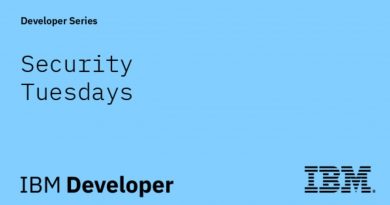File System Layouts in Linux | Into the Terminal 94
Dive deep into the heart of Linux with our latest episode of “Into the Terminal” as we study the Linux Filesystem, driven by the Linux Filesystem Hierarchy Standard (FHS) to empower you with the knowledge to navigate the Linux landscape like a pro.
Ever wonder what goes into different Linux directories? What is /root and how is that different than /home? What’s this /proc thing? We’ll start the episode tackling these questions, then move into some tools you can use to identify what backing storage devices are used for these different directories on your machine.
Save the date, set a reminder, and let’s venture “Into the Terminal” together!
#Linux #FHS #FilesystemHierarchy #IntoTheTerminal #LinuxExploration
– – – – –
Critical Administration Skills for Red Hat Enterprise Linux: Whether you are new to Linux or new to RHEL, join our hosts for a hands-on look into the commands and processes, ask questions, and grow your knowledge.
Get Started with Red Hat Enterprise Linux: https://developers.redhat.com/register
Try it for yourself: https://redhat.com/interactive-labs
Twitter: https://twitter.com/redhat
Nate Lager: https://twitter.com/gangrif
Scott McBrien: https://twitter.com/Stabby_Mc
Filesystem Hierarchy Standard
https://refspecs.linuxfoundation.org/FHS_3.0/fhs/index.html
Docs: Managing File Systems
https://access.redhat.com/documentation/en-us/red_hat_enterprise_linux/9/html/managing_file_systems/overview-of-available-file-systems_managing-file-systems
Commands used
tree, mount, cpuinfo, df
Chapters
00:00 Stream start
00:15 Introduction
00:51 Top-level directories
02:22 Home and root
05:17 usr and lib
10:58 lib and lib64
12:41 bin and sbin
16:25 opt
19:46 var
21:56 var/tmp
26:17 etc
28:19 boot
31:24 dev
32:52 sys and proc
36:44 run, mnt, media
39:04 srv
42:39 Devices as files
47:21 Wrap up
by Red Hat Enterprise Linux
linux foundation




On top of commands like "mount" and "df" to see disk information, add "lsblk", particularly with the "-f" option. I find it my go-to over the former two commands.